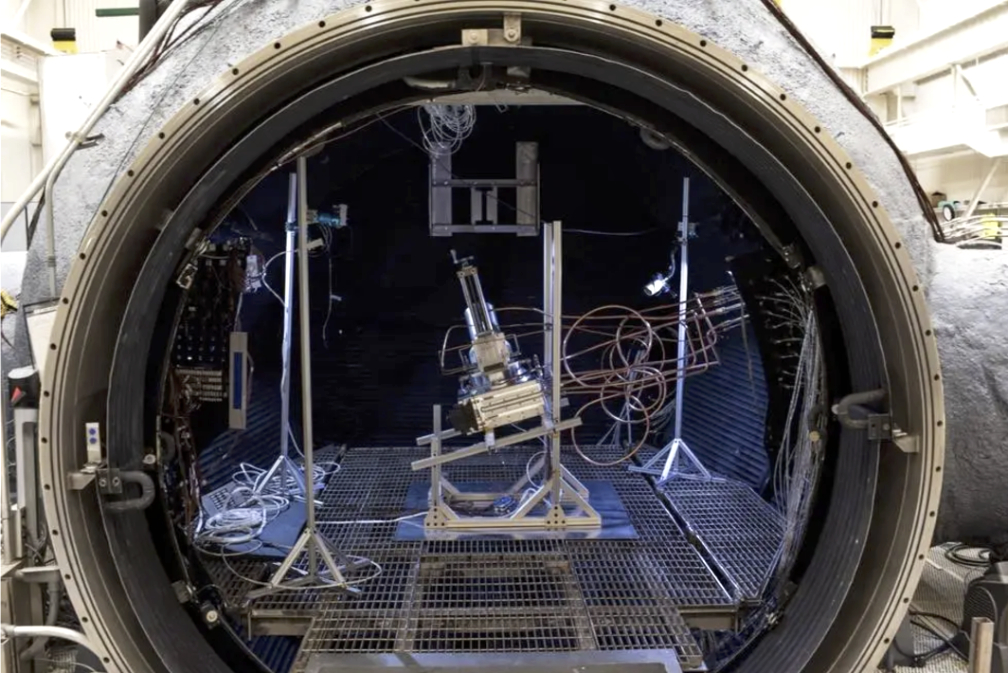
Sierra Space has secured a significant contract with the Defense Advanced Research Projects Agency (DARPA).
Under this contract, Sierra Space will embark on a groundbreaking research and development initiative, the 10-Year Lunar Architecture (LunA-10) capability study. Sierra Space will focus on integrating oxygen extraction, electrical storage and hydrogen-oxygen engine technology into an architecture for a commercial lunar infrastructure concept.

Sierra Space has already demonstrated its prowess in carbothermal oxygen production from lunar soil, or “regolith.” In a significant precursor to this agreement, in April, NASA achieved a groundbreaking milestone by successfully extracting oxygen from simulated lunar soil using Sierra Space technology.
The team harnessed a high-powered laser to replicate the heat generated by a solar energy concentrator, melting lunar soil simulant within a carbothermal reactor developed in-house by Sierra Space. This breakthrough occurred within a thermal vacuum chamber simulating the lunar environment, setting the stage for future resource utilization on the moon, known as in-situ resource use (ISRU).

Credits: NASA/Brian Sacco
Sierra Space envisions using carbothermal technology to manufacture oxygen on the lunar surface, contributing to the development of a self-sustaining lunar economy. This collaboration with DARPA will enable Sierra Space to conduct a system concept review and establish quantitative requirements for future endeavors. The ultimate goal is to optimize lunar architecture, reduce launch mass and foster a vibrant translunar economy.
As part of this agreement, DARPA will maintain continuous involvement with Sierra Space, including access to research results and certain rights in patents and data.
“At Sierra Space we recognize that to enable humanity’s extended exploration of space there is a critical need for ISRU oxygen technology on the lunar surface, given its strategic importance in terms of mobility, life support systems and potential commercial applications. This formative work with DARPA is of paramount importance to Sierra Space’s efforts to both shape the future of extended human missions to space and also to broaden access to space by removing the high costs associated with transporting oxygen propellant to the lunar surface.” —Tom Vice, CEO, Sierra Space
